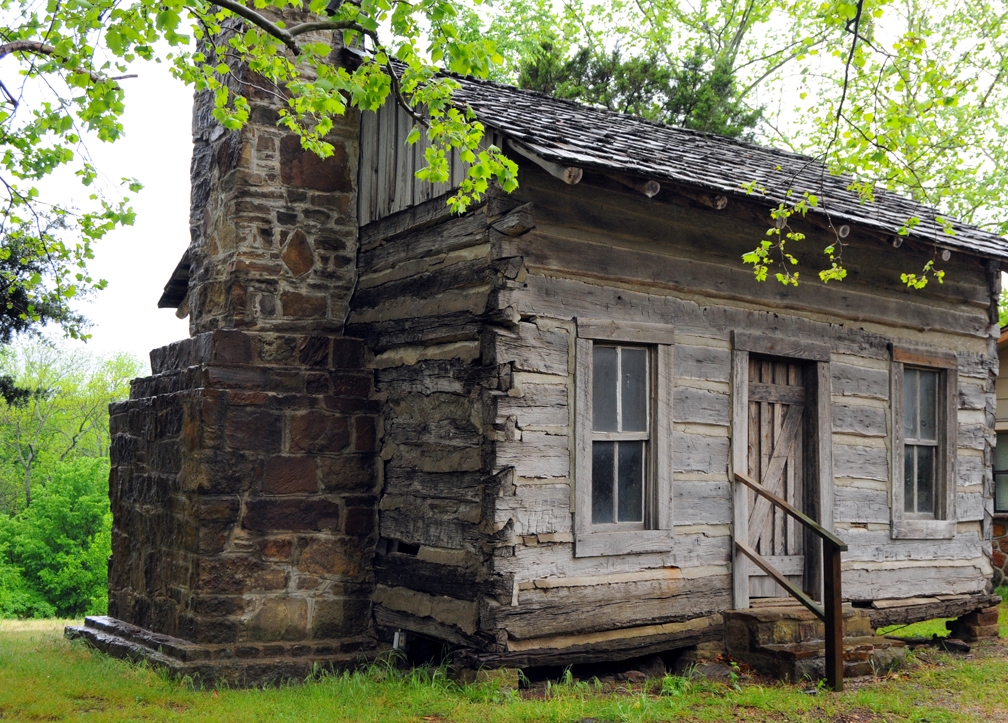Dreams do come true
“I learned this, at least, by my experiment: that if one advances confidently in the direction of his dreams, and endeavors to live the life which he has imagined, he will meet with a success unexpected in common hours.”
― Henry David Thoreau, Walden: Or, Life in the Woods
Originally posted 2016-02-22 18:15:03.
Just the basics
“My greatest skill in life has been to want but little”
― Henry David Thoreau, Walden
Originally posted 2016-02-22 14:32:12.










